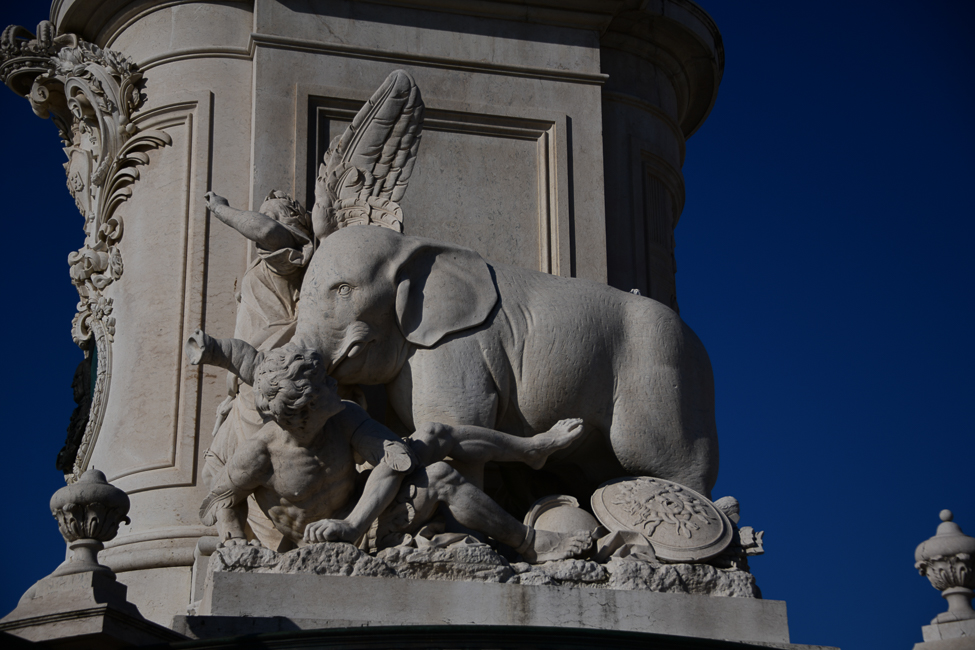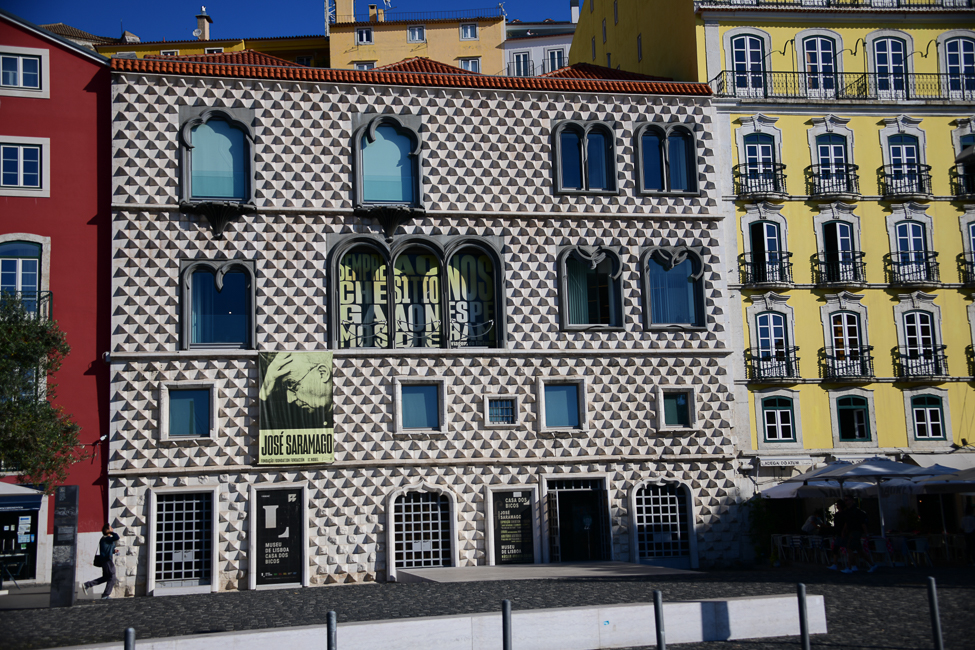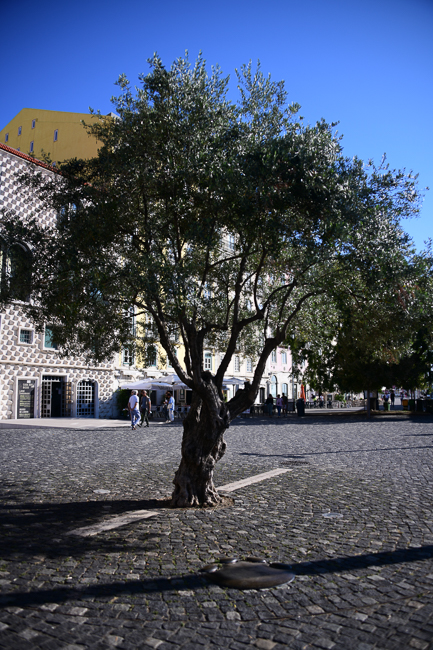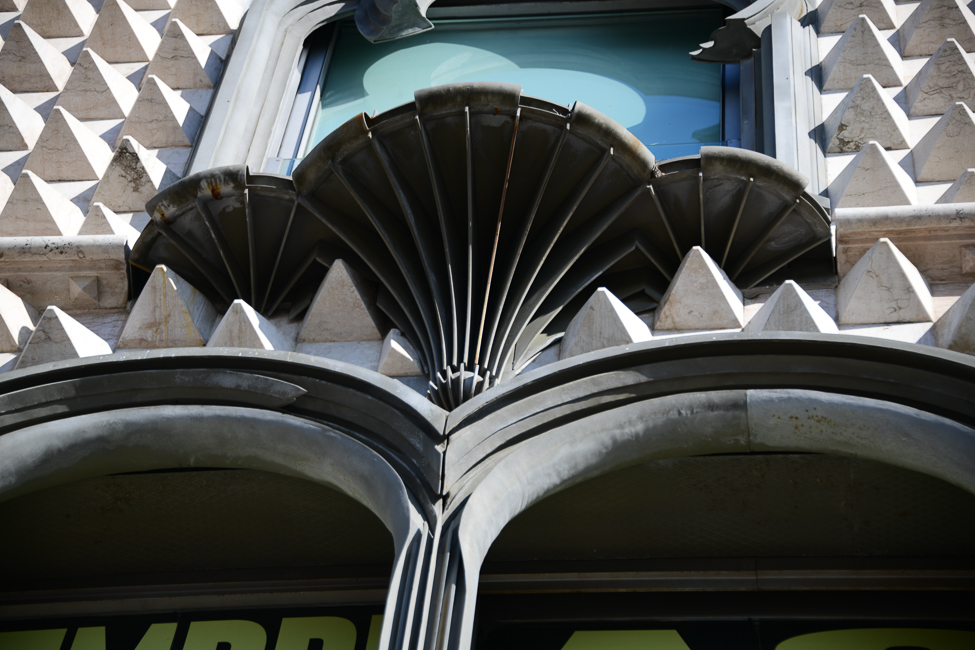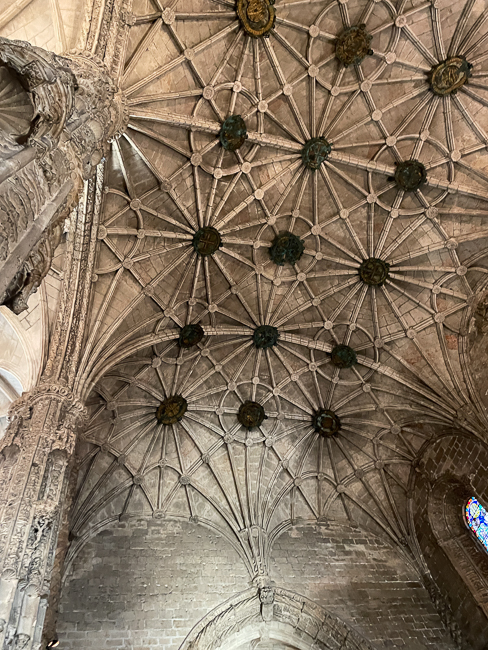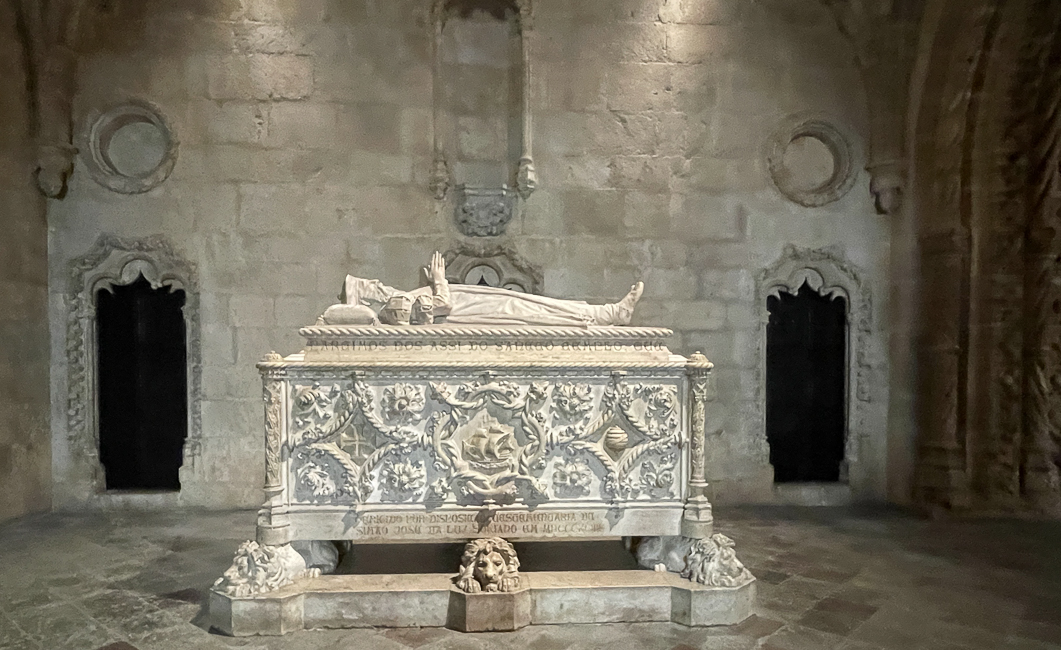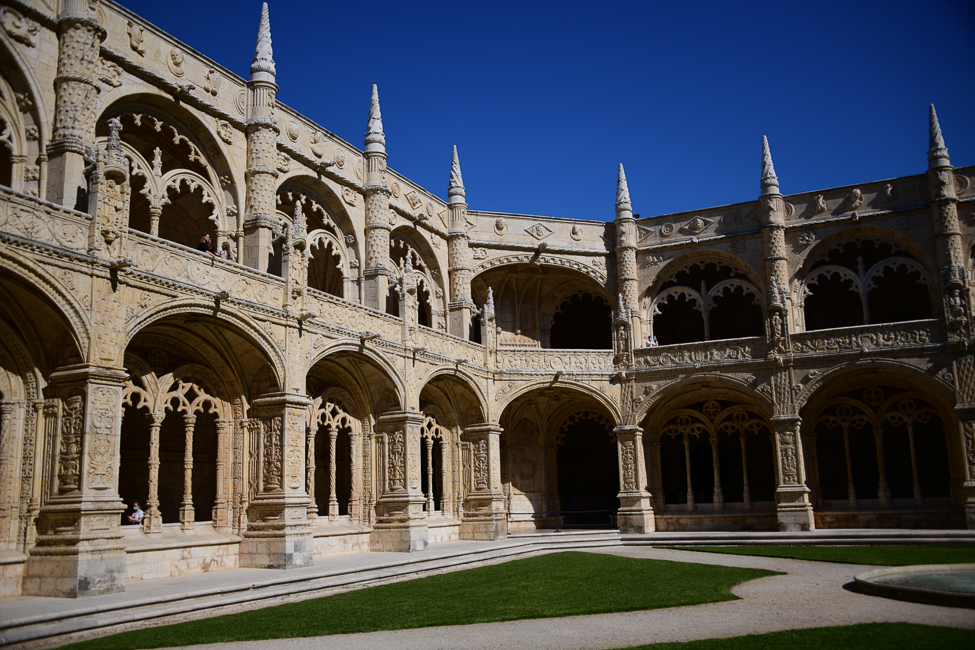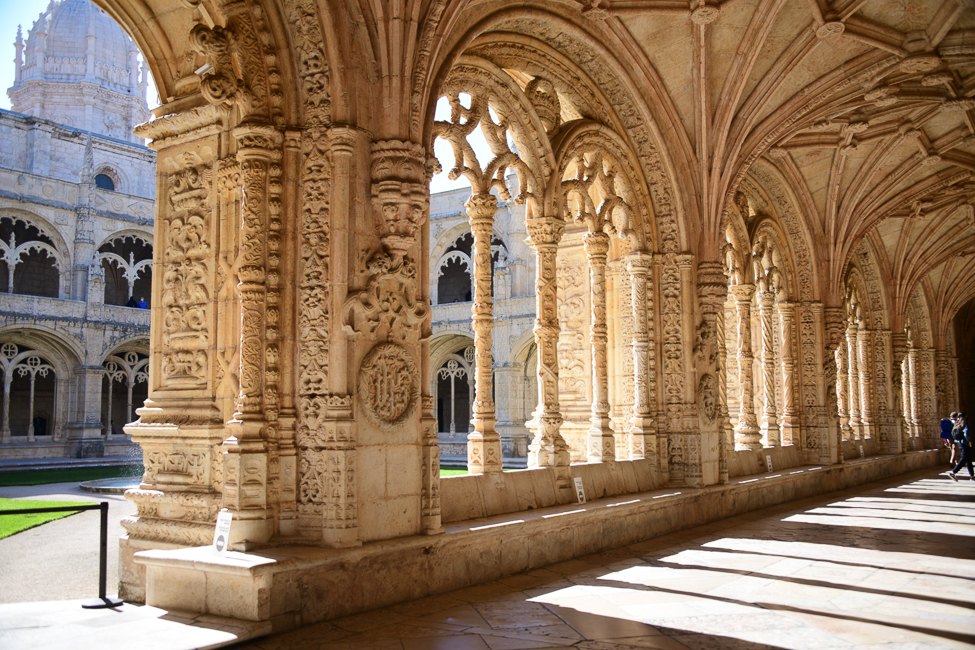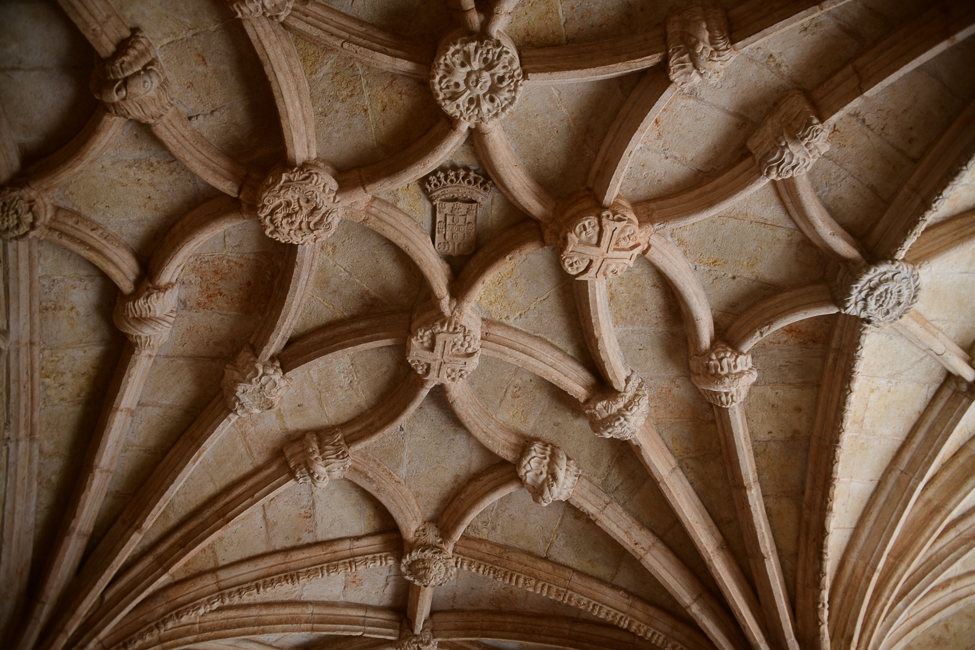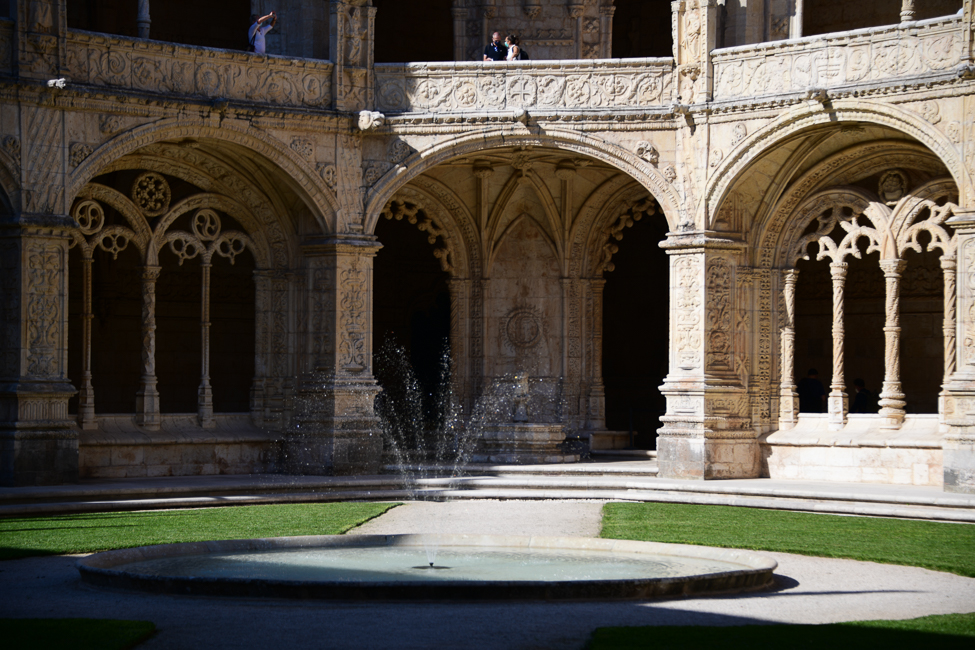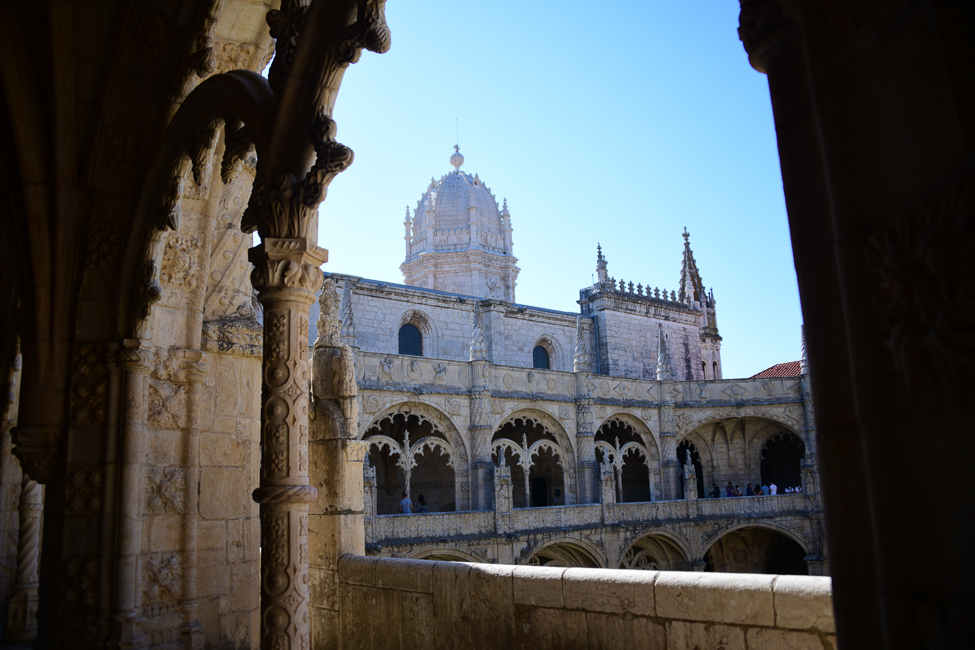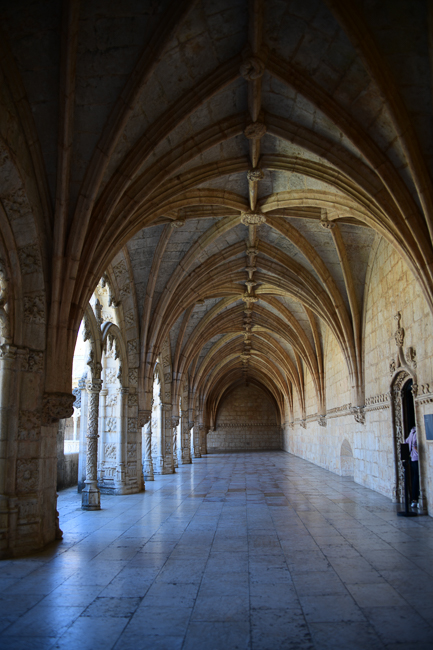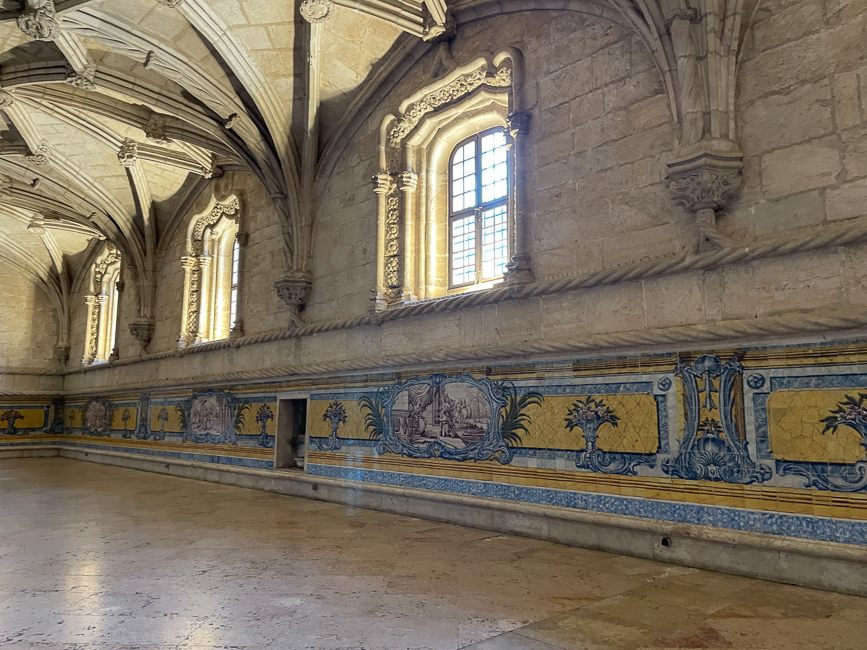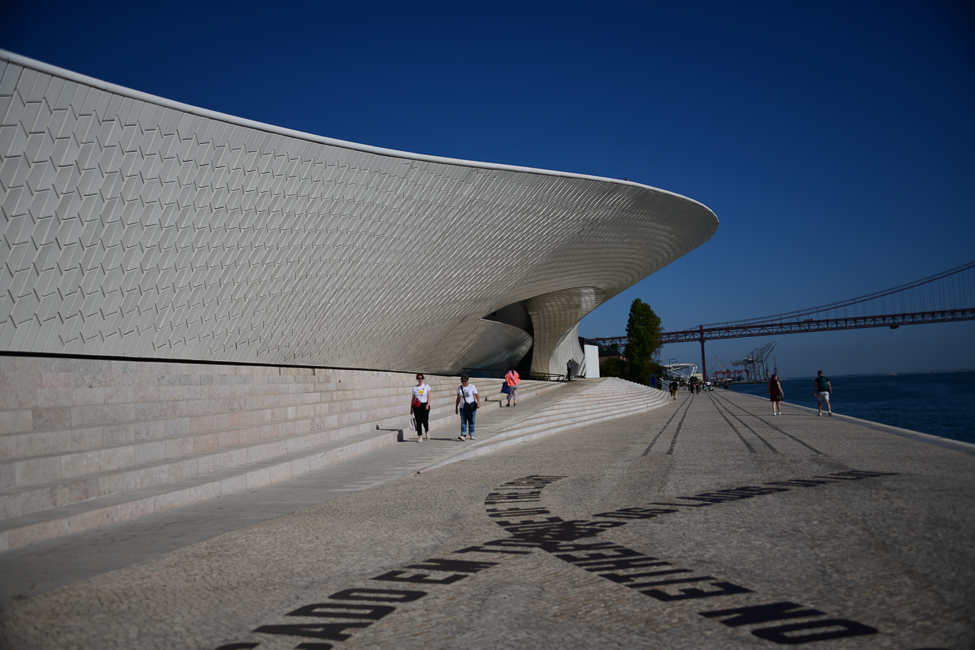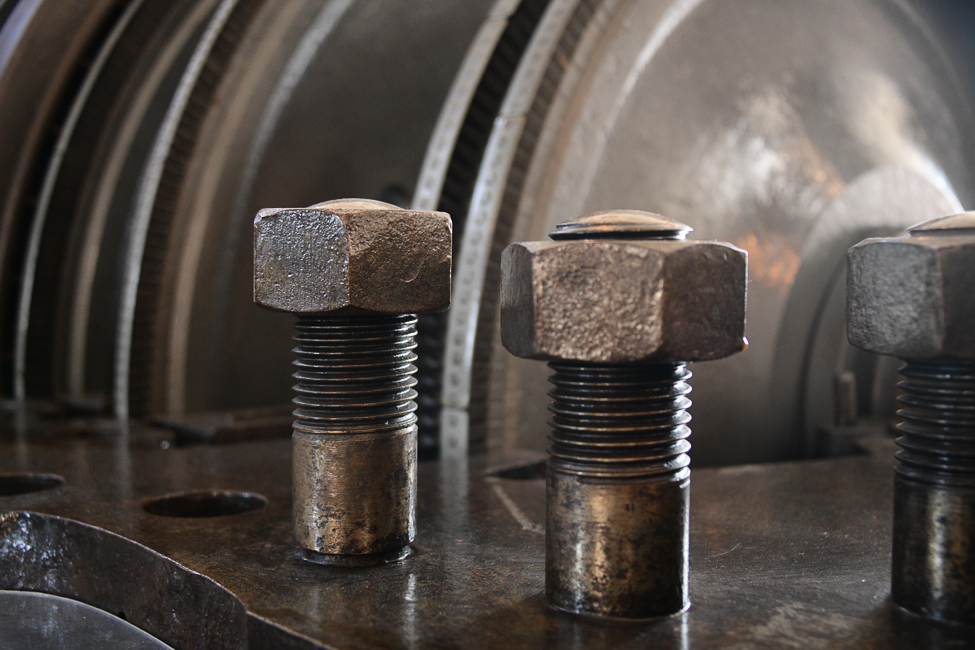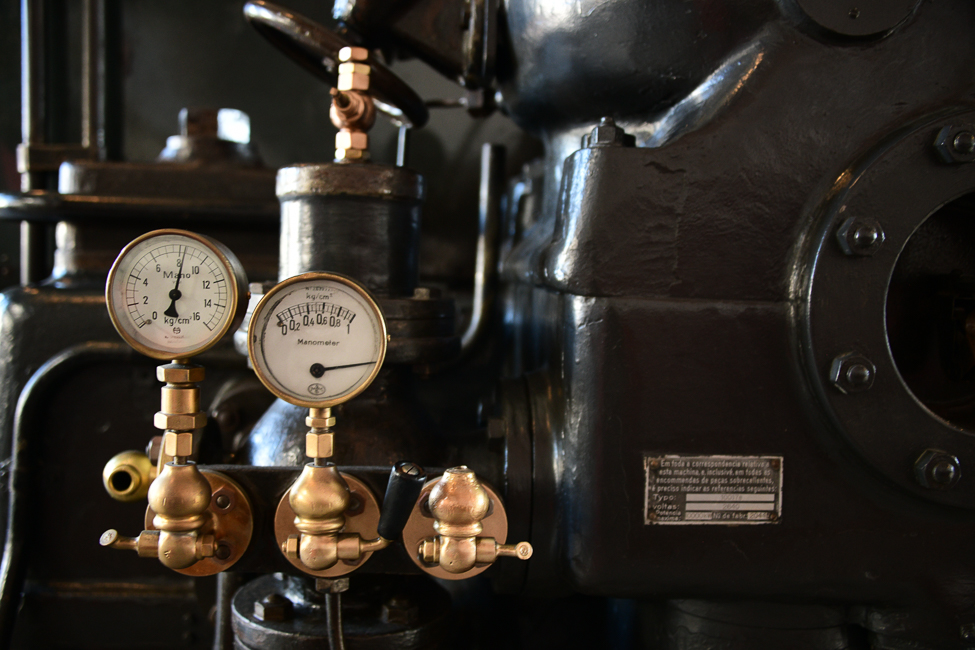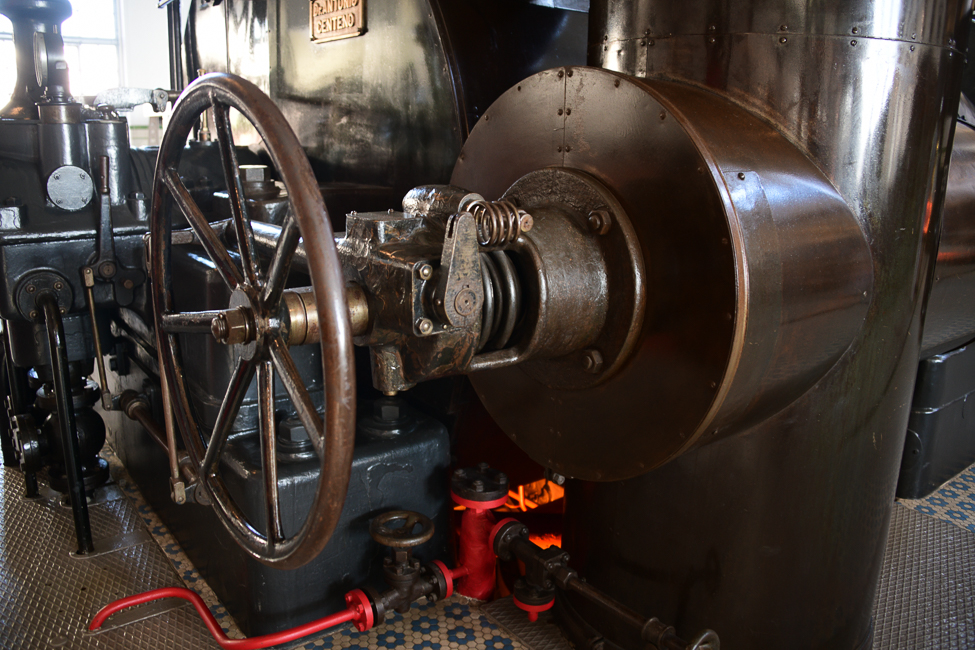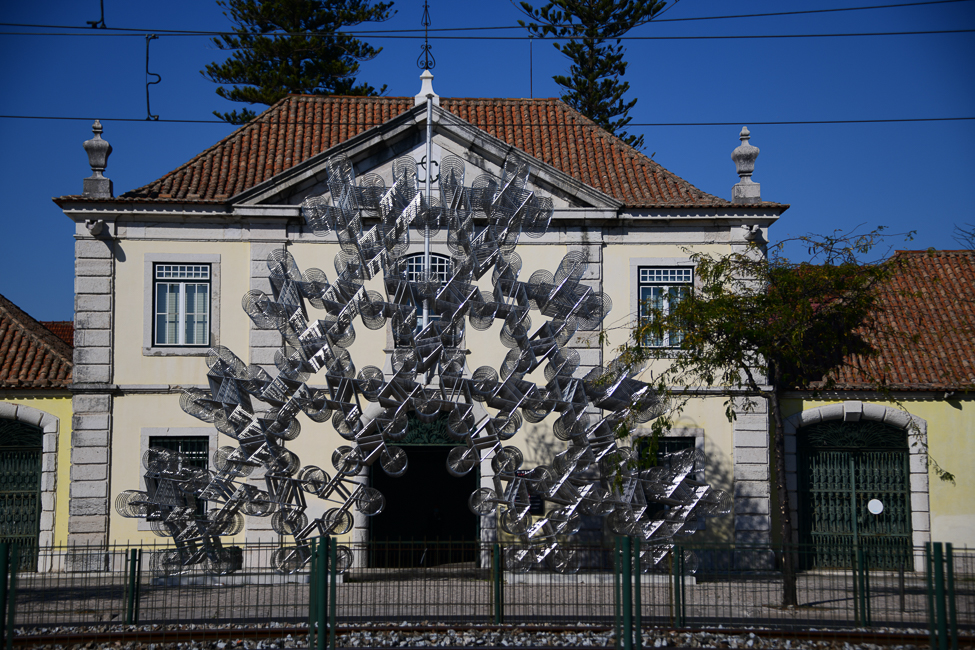October 2021
Comércio Square
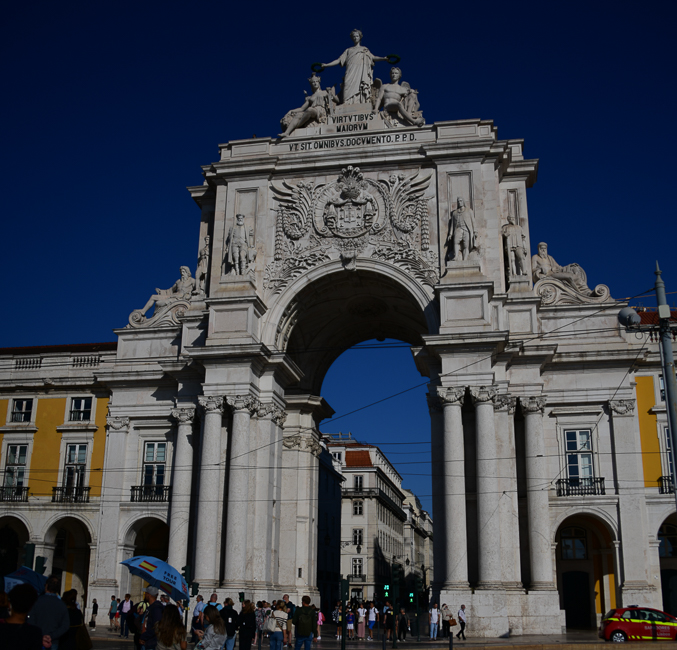
This is the Rua Augusta Arch because it is found at the end of the street that bears that same name. The arch faces Comércio Square. Designed by Portuguese architect Santos de Carvalho to celebrate the reconstruction of Lisbon after the 1755 earthquake. It was not completed until 1873.
The arch opens up to the Comércio Square. This is Lisbon’s main square and it was built on the site where the old Royal Palace used to exist before it was destroyed by the earthquake of 1755.
In the center of the square is a bronze equestrian statue of Joseph I of Portugal (1750 – 1777) the King of Portugal during the Great Earthquake, it was designed by Machado de Castro in 1775. The world has plenty of statues of men on horses, but what I loved about this one was the elephant on one side.
Casa do Bicos
Casa dos Bicos was built in the early 16th century its curious façade of spikes was apparently influenced by Italian Renaissance palaces and the Portuguese Manueline styles. It survived the 1755 Lisbon earthquake but over time was abandoned as a residence and eventually used as a warehouse. After a renovation it became the headquarters of the José Saramago Foundation and the Museum of Lisbon.
José de Sousa Saramago was a Portuguese writer and recipient of the 1998 Nobel Prize in Literature. A proponent of libertarian communism, Saramago criticized institutions such as the Catholic Church, the European Union and the International Monetary Fund. His books have sold millions of copies and have been translated into at least 25 languages.
In front of the building is this lone olive tree where Saramago’s ashes are buried.
Mosteiro dos Jerónimos
In 1496, King Manuel I (1495–1521) petitioned the Holy See for permission to construct a monastery as thanksgiving to the Virgin Mary to celebrate Vasco de Gama’s voyage to India.
The construction of the monastery and church began in 1501, and was not completed for another 100 years.
The Monastery was once filled with monks of the Order of St Jerome, whose job for four hundred years was to comfort sailors and pray for the king’s soul. When the order was dissolved in 1833, the monastery was used as a school and orphanage, until about 1940.
This is looking back towards the front door of the church. The church is unique in that it has a single nave, but what makes it amazing is its roof and columns.
Inside is the tomb of Vasco de Gama.
Attached to the church is the cloister.
The cloister is one of the most impressive examples of Manueline architecture in Portugal.
The construction was lead by Diogo de Boltaca and began early in the 16th century.
However it was João de Castilho who was responsible for most of the stonework that decorates the arches and balustrades. Work that is just amazing to behold.
In 1985 when Portugal joined the European Economic Community, the formal ceremonies were held in the cloister.
On December 13, 2007, the Treaty of Lisbon was signed at the monastery. The treaty laid down the basis for the reform of the European Union.
MAAT
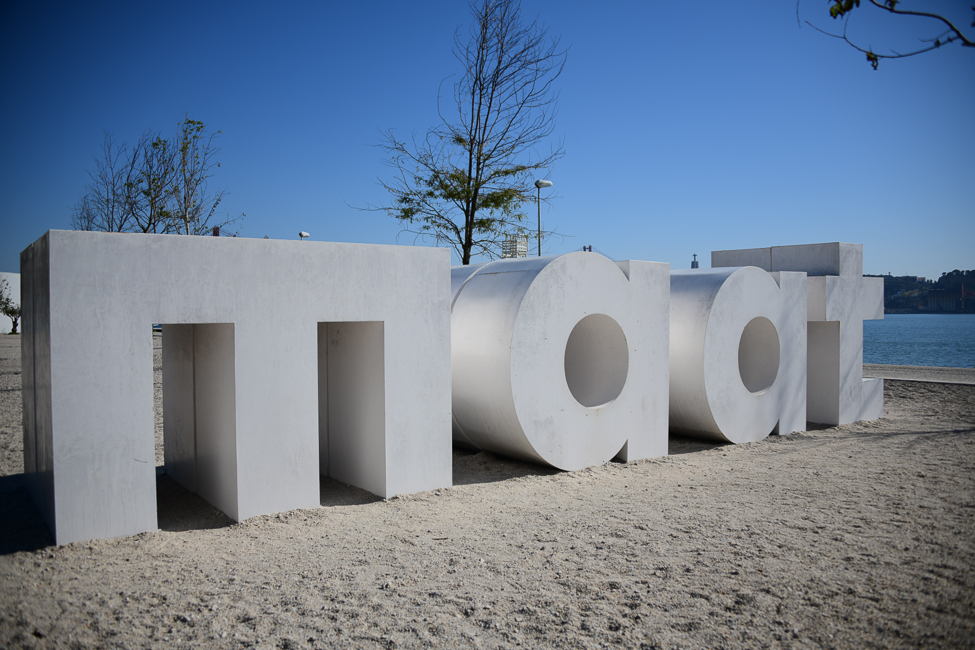
The Museum of Art, Architecture and Technology (MAAT) is a project of the EDP Foundation (Energía Del Pacífico, in other words, the electric company). The museum consists of two separate buildings. The big brick building was Portugal’s first power station and the second is a modern building designed by British architect Amanda Levete. The modern building is one big swooping façade covered in 15,000 three-dimensional white ceramic tiles There is a stairway that leads to the roof of the modern building that gives a spectacular view of the Tagus River.
The former power station dates from 1908 and was in use until 1975. It opened to the public as a museum in 1990. The industrial architecture is immaculately preserved, and this photographer thought she had died and gone to heaven when she saw all of the machinery.
*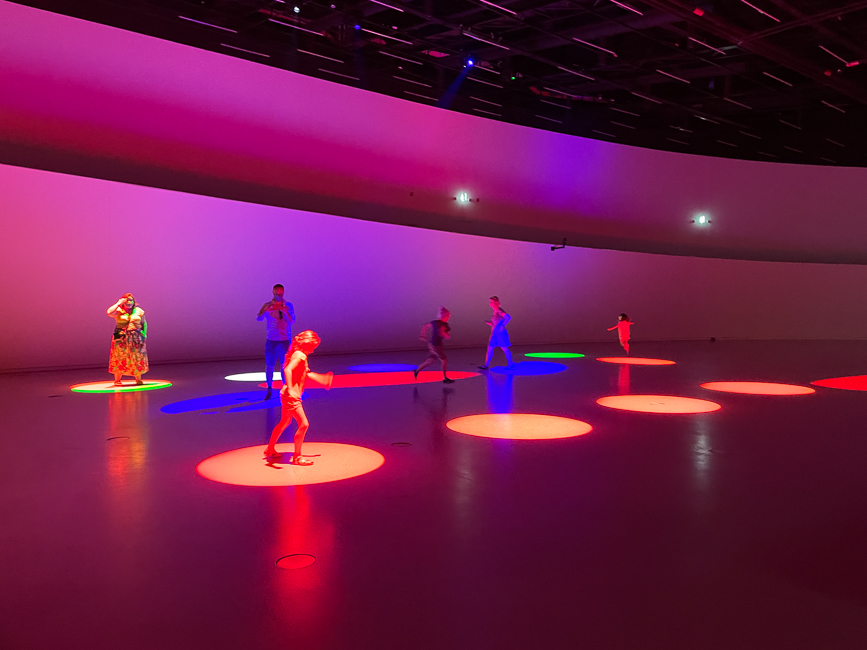
This is part of the present exhibit in the modern building titled The Big Dream.
Ai Wei Wei in Lisbon
This sculpture is outside of a building that once was a naval rope factory, the Cordoaria Nacional. It is now a special exhibition hall and presently is housing an exhibit by Ai Wei Wei.
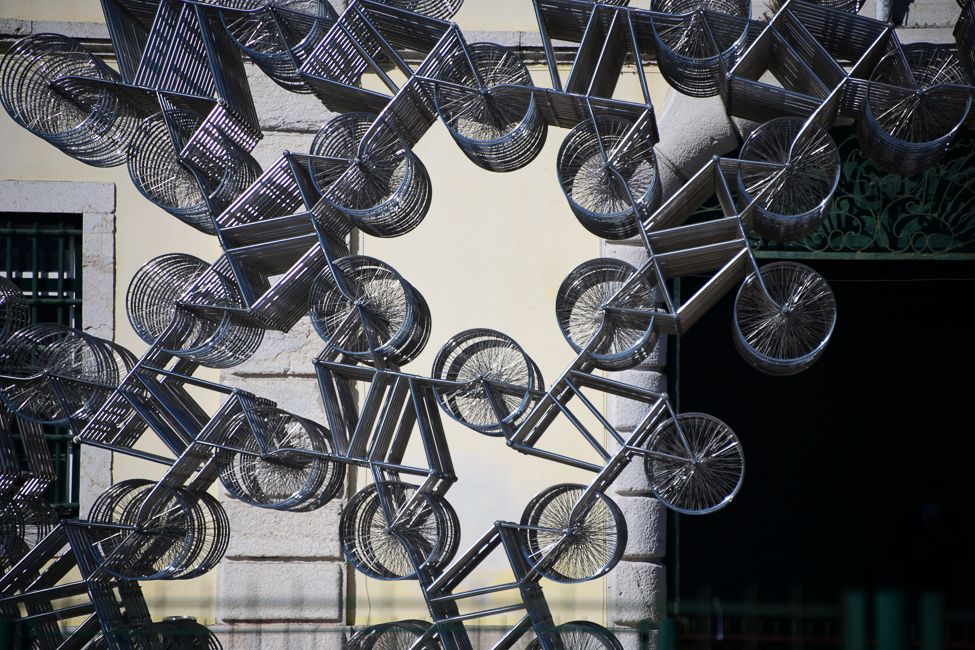
Forever Bicycles (2015), a monumental sculpture with 960 stainless steel bicycles used as building blocks.
